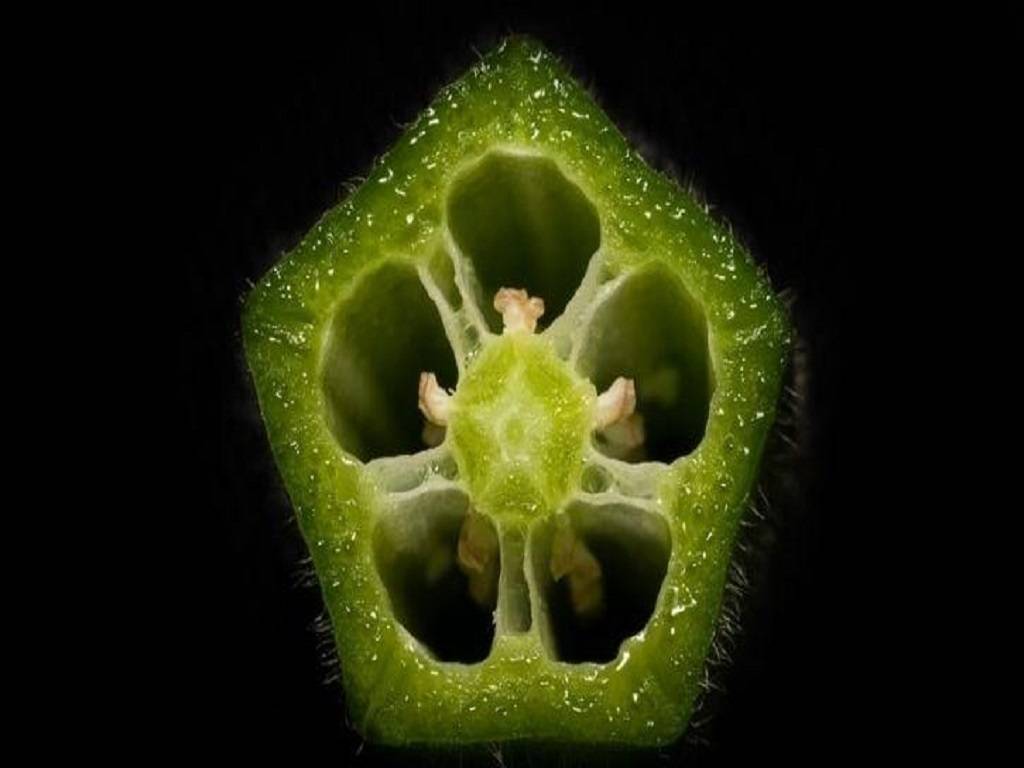
According to new research, the component responsible for the vegetable's gooey texture might contribute to a less-toxic approach to eliminating microplastics from drinking water. Plant-based flocculants performed equally, and in some cases better, than polyacrylamide, according to factors such as polysaccharide ratio and water supply.
Okra (also known as ladies' fingers) has the potential to aid in the removal of microplastics from water.
According to the current study, the component responsible for the vegetable's gooey texture might contribute to a less-toxic approach to eliminating microplastics from drinking water.
Water treatment plants now utilize chemicals called flocculants in the water to remove microplastics from municipal water systems. They produce clumps to which the particles adhere. The removal of these aggregates removes microplastics from the water.
Unfortunately, popular flocculants such as polyacrylamide can become harmful on their own under certain situations.
Dr. Rajani Srinivasan and her colleagues from Tarleton State University in Texas discovered that polysaccharides contained in okra, when fused with those present in rice, had anti-inflammatory properties.
When combined with polysaccharides from tamarind, the same compound was efficient in removing microplastics from freshwater.
Plant-based flocculants performed equally, and in some cases better, than polyacrylamide, according to criteria such as polysaccharide ratio and water supply.
Furthermore, scientists found that they may be employed in current water treatment plants without requiring substantial adjustments to the process or equipment.
"The whole treatment approach using nontoxic ingredients uses the same infrastructure," Srinivasan said in a statement. We don't need to construct anything new to include these materials for water treatment."
The team is now working on optimizing the proportions and combinations of plant-based flocculants to remove microplastics from a range of water sources such as ocean water, groundwater, and so on.
















